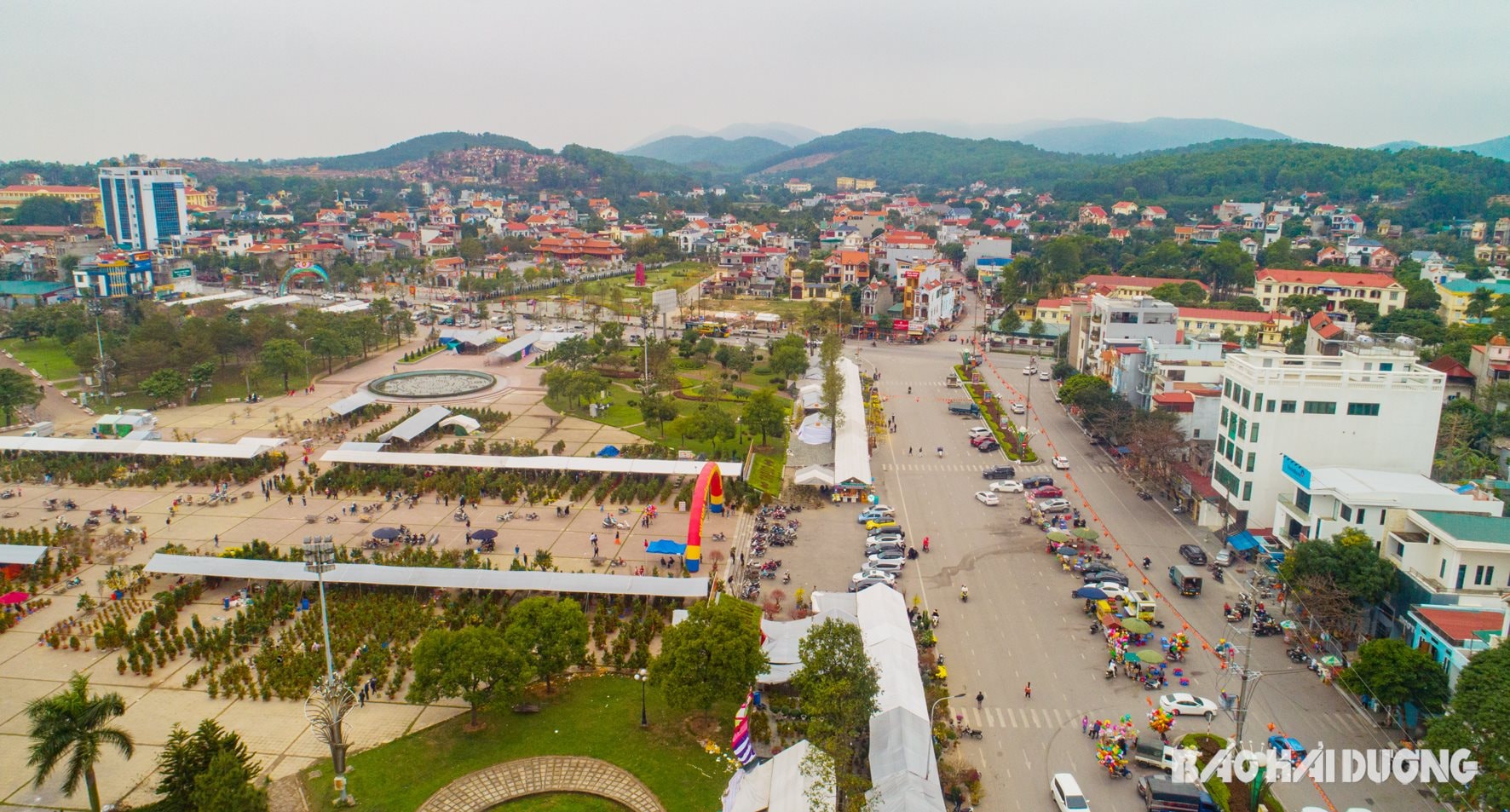
Accordingly, by 2025, the province strives to have 16 urban areas, with an urbanization rate of about 45%. By 2030, there will be 28 urban areas, with an urbanization rate of over 55%, striving to meet some criteria of a class I urban area and some basic criteria of a centrally-run city.
By 2050, the urbanization rate will reach over 65%, building Hai Duong province to meet the criteria of a class I urban area, becoming a centrally-run city.
Through preliminary review and assessment, Hai Duong province has now achieved 6/11 criteria of a centrally-run city, including population size; natural area; number of district-level administrative units; budget revenue and expenditure balance; average economic growth rate in the last 3 years; average poverty rate according to multidimensional poverty standards in the last 3 years.
There are 5 criteria that have not been met. According to regulations, the ratio of districts, towns and cities to the total number of district-level administrative units must be 60% or more, including at least 2 districts. Currently, the province has only 3/12 district-level administrative units that are towns and cities, equivalent to 25%, and districts have not been established.
The urban criteria standards stipulate that the province must be recognized as a special or type I urban area. Currently, Hai Duong has not been recognized as a special or type I urban area (only Hai Duong city is a type I urban area).
Average income per capita/month compared to the national average is regulated to be 1.75 times higher than the national average, the current status is 1.14 times.
The proportion of industry, construction and services in the economic structure is regulated to reach 90%, currently the province reaches about 86.8%.
The rate of non-agricultural labor in inner cities, towns, districts and wards must reach 90%, currently the province reaches about 85.5%.
To achieve the goal of building Hai Duong province into a centrally-governed city, in the period after 2030, it is necessary to focus on investment, economic development, construction, and overcoming some weak, lacking, and unmet criteria and standards. At the same time, implement the general urban planning of Hai Duong (province-wide) and develop a project to classify Hai Duong urban area according to the criteria of a type I urban area.
After Hai Duong province was recognized as a class I urban area, a project to establish a centrally-run city was implemented, including upgrading and establishing 7-8/12 district-level administrative units such as districts, cities, and towns (over 60%), including at least 2 districts. Implementation period is from 2031-2050.
GINGERSource: https://baohaiduong.vn/phe-duyet-dieu-chinh-chuong-trinh-phat-trien-do-thi-tinh-hai-duong-den-nam-2030-402581.html




![[Photo] National Assembly Chairman Tran Thanh Man receives First Vice Chairman of the Federation Council of the Federal Assembly of the Russian Federation](/_next/image?url=https%3A%2F%2Fvphoto.vietnam.vn%2Fthumb%2F1200x675%2Fvietnam%2Fresource%2FIMAGE%2F2025%2F12%2F02%2F1764648408509_ndo_br_bnd-8452-jpg.webp&w=3840&q=75)










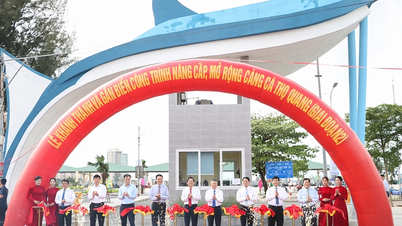













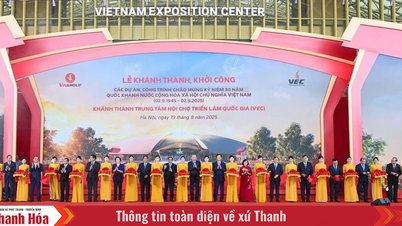



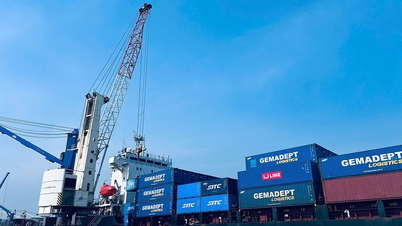



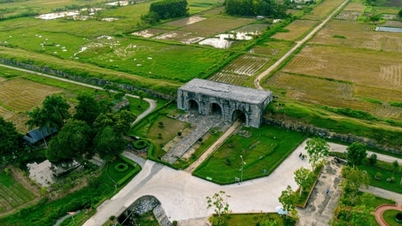



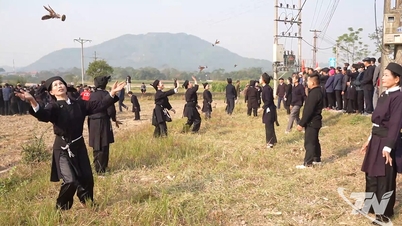








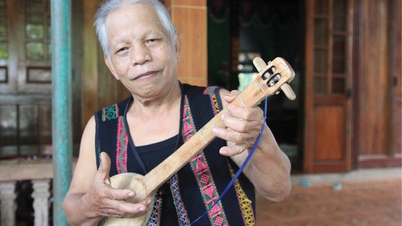
























![[Photo] General Secretary To Lam and his wife attend the 50th Anniversary of Laos National Day](https://vphoto.vietnam.vn/thumb/402x226/vietnam/resource/IMAGE/2025/12/02/1764644139308_1.jpeg)




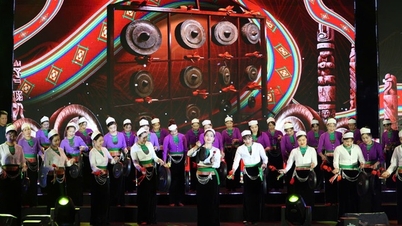




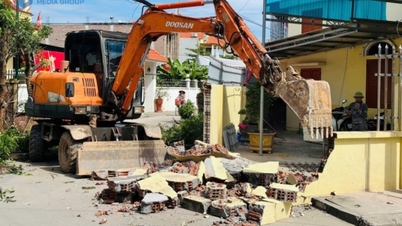




















Comment (0)